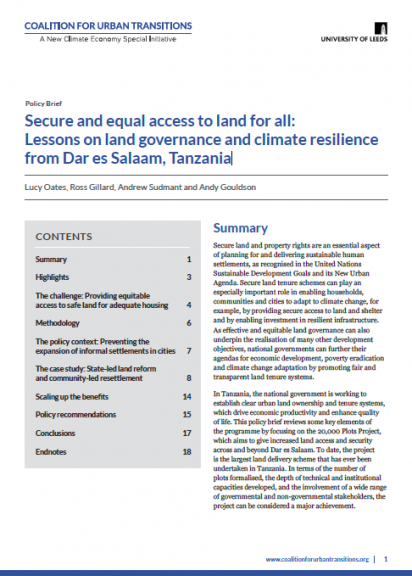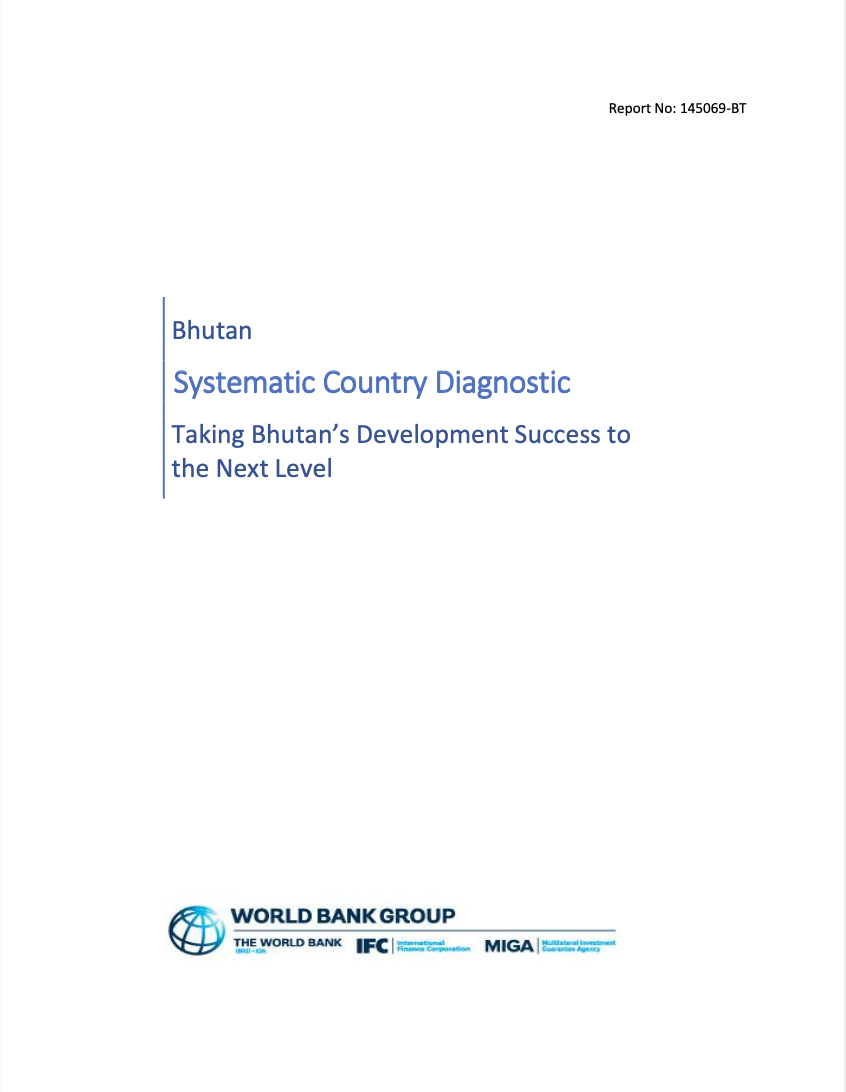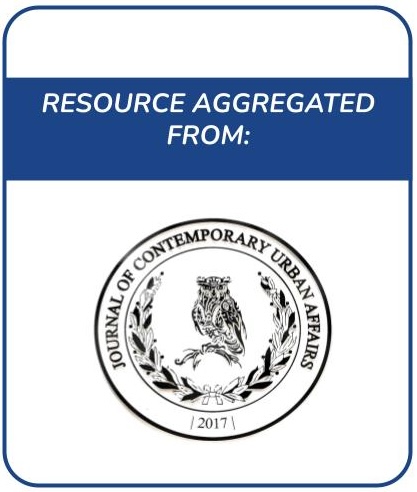Sustainable Land Management, Wildfire Risk and the Role of Grazing in Mediterranean Urban-Rural Interfaces: A Regional Approach from Greece
Mediterranean regions are likely to be the most vulnerable areas to wildfires in Europe. In this context, land-use change has promoted land abandonment and the consequent accumulation of biomass (fuel) in (progressively less managed) forests and (non-forest) natural land, causing higher fire density and severity, economic damage, and land degradation. The expansion of Wildland-Urban Interfaces (WUIs) further affects fire density by negatively impacting peri-urban farming and livestock density.









